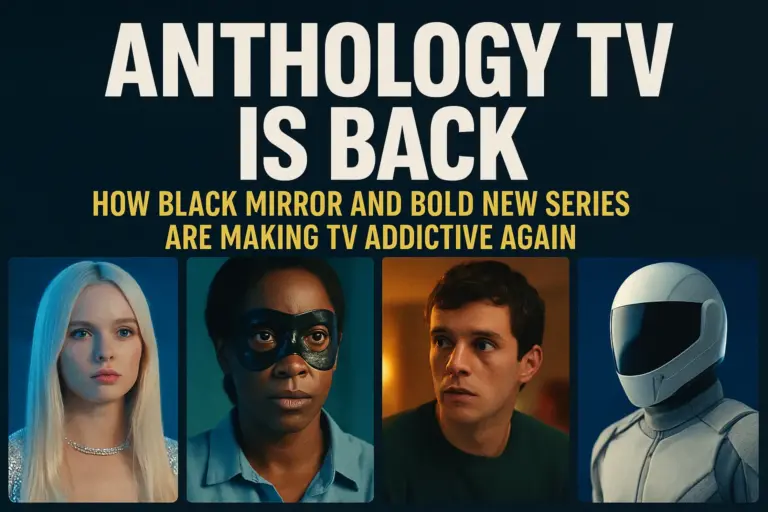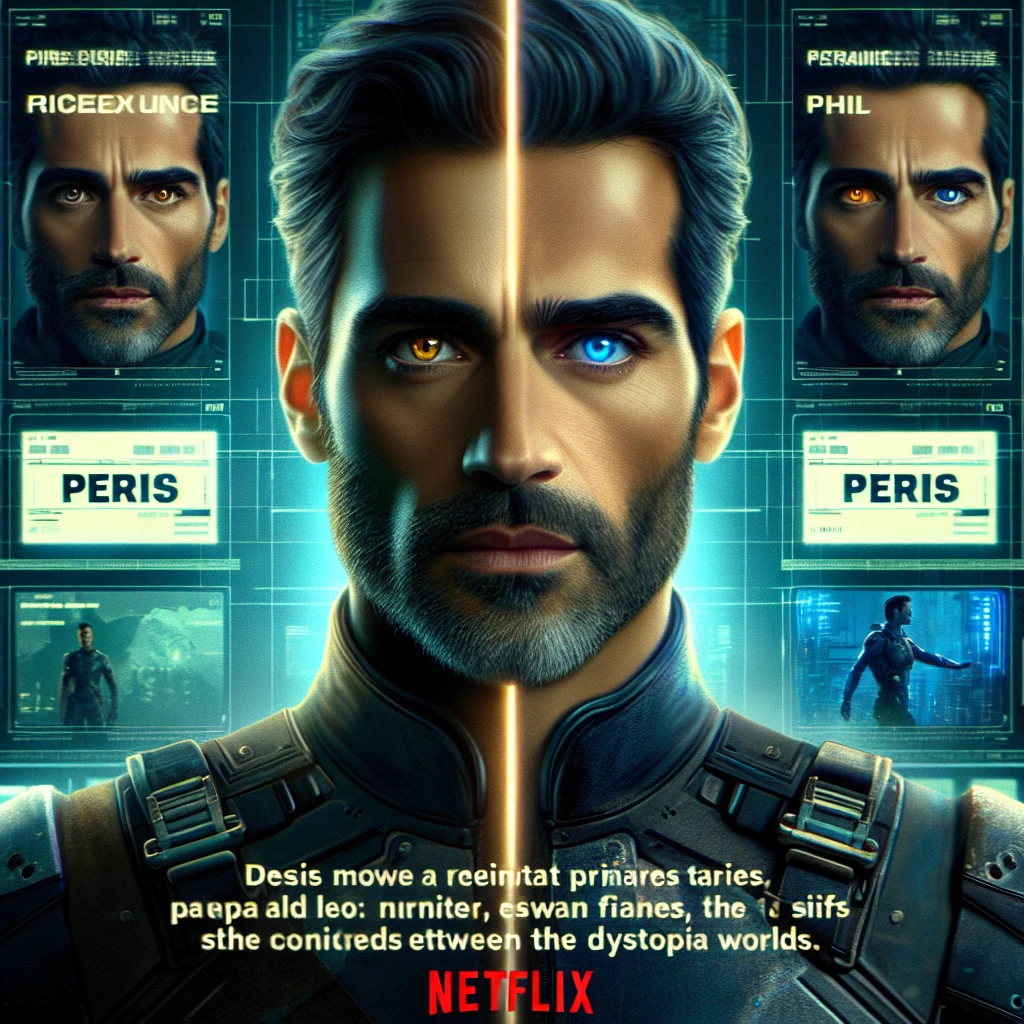A film adaptation of “Blood on Snow” is set to feature prominent actors. This project is derived from the 2015 crime novel by Norwegian author Jo Nesbø, marking the beginning of the Olav Johansen series. The story is set in 1970s Oslo and revolves around a turf war between two rival gangs. Previously, a movie adaptation was announced in 2017 with Tobey Maguire, known for his role in “Spider-Man,” slated to make his directorial debut. However, that project did not materialize.
According to Deadline, “Blood on Snow” is moving into pre-sales at the Toronto International Film Festival and has secured two major actors. Aaron Taylor-Johnson is cast in the lead role as Olav Johansen, the main character of the series, while Tom Hardy takes on a supporting role as crime boss The Fisherman, who is locked in a rivalry with another gang leader, Hoffman, a role that has yet to be cast.
Cary Joji Fukunaga, known for “No Time to Die,” will direct the film, with the screenplay penned by Jo Nesbø himself, who typically does not participate directly in writing adaptations of his works. Ben Power will make revisions to the script. Hardy, Fukunaga, and Nesbø are producing alongside Dean Baker, Niclas Salomonsson, Hayden Lautenbach, Mike Larocca, and Michael Schaefer, with executive producers Tallulah Fairfax, Damiano Tucci, Sophia Banks, and Tiziano Tucci. Below is the complete synopsis of the movie:
Hoffman’s trusted hitman, Olav (Johnson), is a cold, efficient killer, perfectly suited for his role. Yet, beneath his ruthless demeanor lies unexpected intelligence and a steadfast moral code shaped by a complex childhood. When Hoffman commands the murder of his own wife, Olav’s principles collide with his loyalties. Instead of carrying out the order, he devises a plan that turns him into Hoffman’s next target. With nowhere safe to turn, Olav forms a precarious alliance that places him at the center of Oslo’s deadly gang war. Once a violent enforcer, Olav’s decision transforms him into an unlikely hero in a world where no good deed goes unpunished.
**Implications of the “Blood on Snow” Casting**
#### Aaron Taylor-Johnson’s Continued Association with James Bond
Tom Hardy’s involvement in the new Jo Nesbø thriller sees him treading familiar ground. The actor has appeared in numerous crime dramas across film and television, including early roles in “Layer Cake,” “RocknRolla,” and “Bronson,” as well as more recent projects like “Legend,” “Capone,” “Peaky Blinders,” and leading the cast of “The Bikeriders” alongside Jodie Comer and Austin Butler. However, this marks the first collaboration between Hardy and Aaron Taylor-Johnson, who is well-known for his performances in “Kick-Ass,” “Bullet Train,” “Nocturnal Animals,” and the upcoming “Kraven the Hunter.”
Tom Hardy received an Academy Award nomination in 2016 for his supporting role in “The Revenant.”
This casting decision continues to suggest that Aaron Taylor-Johnson remains connected to the James Bond franchise. In March, The Sun reported that he had been cast as the next 007, although this has not been officially confirmed. It is possible that these casting rumors caught the attention of Fukunaga. Should the Bond casting not come to fruition, “Blood on Snow” could provide Taylor-Johnson with a new franchise opportunity, given that there are already two books in the series.
**Our Perspective on the “Blood on Snow” Cast**
#### The Jo Nesbø Adaptation Shows Promise
Aaron Taylor-Johnson is a rising star who has been involved in major films for years, yet he hasn’t achieved a significant commercial success in a lead role since 2014’s “Godzilla.” Although that film launched the Monsterverse franchise, his character has not reappeared. This new potential franchise opposite an experienced actor like Tom Hardy could prove advantageous. While “Blood on Snow” may not achieve the box office success of a blockbuster, it could yield a strong return on investment, making it an enticing opportunity for further exploration of his character.
Sources: Deadline & The Sun




